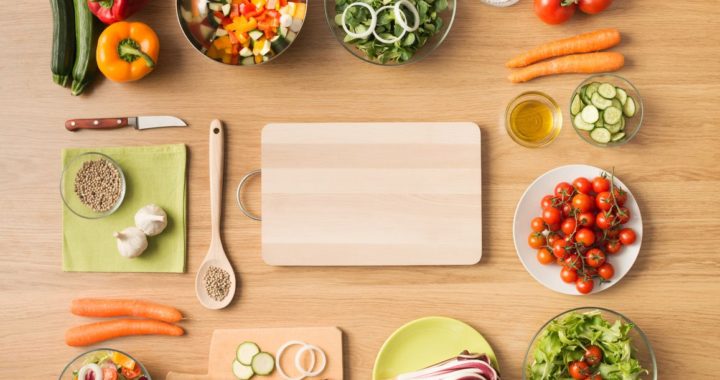High potassium is a common problem in patients with kidney disease. Whether you have been diagnosed with chronic kidney disease or are on dialysis, you may have been told you need a low potassium diet.
What is potassium?
It is a mineral found in many of the foods you eat. It plays a role in keeping your heart beating regularly and your nerves and muscles working properly
Your body gets rid of the potassium you eat by excreting it in your urine. When you have kidney disease, kidneys may not eliminate as much potassium as you need it to. Therefore, your body may have difficulty regulating the right amount of potassium order kamagra online that is safe for you to function properly. If the potassium in your blood increases to a dangerous level, you may experience symptoms such as irregular heartbeat, severe muscle weakness, numbness and tingling, paralysis or even sudden death. Eating a low potassium diet can be very important in lowering this risk.
What levels of potassium do I need to prevent kidney disease
In general, most experts believe that people with impaired kidney function should eat less than 2000mg of potassium per day. You should limit foods that are high in potassium. Your kidney doctor can help you decrease the potassium in your diet. A dietitian or
nutritionist may also help you plan your diet so you are getting the right amount of potassium.
How to cut down on potassium
- Read the food label and try choosing foods with a low potassium level when possible
- If you want to include high potassium vegetables in your diet, leach them before using
- “Leaching” is a process of soaking vegetables in warm water for at least 2 hours before cooking to “pull” some of the potassium out of the food and into the water.
How to leach vegetables.
For Potatoes, Sweet Potatoes, Carrots, Beets, Winter Squash, and Rutabagas:
- Peel and place the vegetable in cold water so they won’t darken.
- Slice vegetable 1/8 inch thick. This is ideal thickness but larger sizes are possible. They need longer times to get the potassium out.
- Rinse in warm water for a few seconds.
- Soak for a minimum of two hours in warm water. Use ten times the amount of water to the amount of vegetables. If soaking longer, change the water every four hours. You may find it easier to soak overnight in the refrigerator but use lots of water if you do.
- Rinse under warm water again for a few seconds.
- Cook vegetable with five times the amount of water to the amount of vegetable is ideal. You can fry or roast the vegetables also. There will be more potassium than boiled vegetables but still much less than if you did not soak them.
Foods high in potassium are typically greater than 200mg per serving and should be avoided or eaten in very small portions. Examples include tomatoes, potatoes (white & sweet), bananas, all dried fruits, vegetable juices and most fruit juices, avocados, lentil, and most nuts. A more complete list can be found here.
While trying to avoid or minimize foods high in potassium, foods with low levels of potassium are ones you can eat more regularly. Again, remember to limit the portion size since potassium can quickly add up if you eat a large portion.
Low potassium foods have less than 200mg of potassium per serving. Examples include: apples, berries, fruit cocktail, grapes, cabbage, green beans, corn, squash, bread, pasta, and rice. A more complete list can be found in the link above.
Another resource worth looking at is National Kidney Foundation. It is important that you work closely with your kidney doctor to decide if you need a low potassium diet and to monitor closely with you to help you understand the importance of adhering to a low potassium diet.

